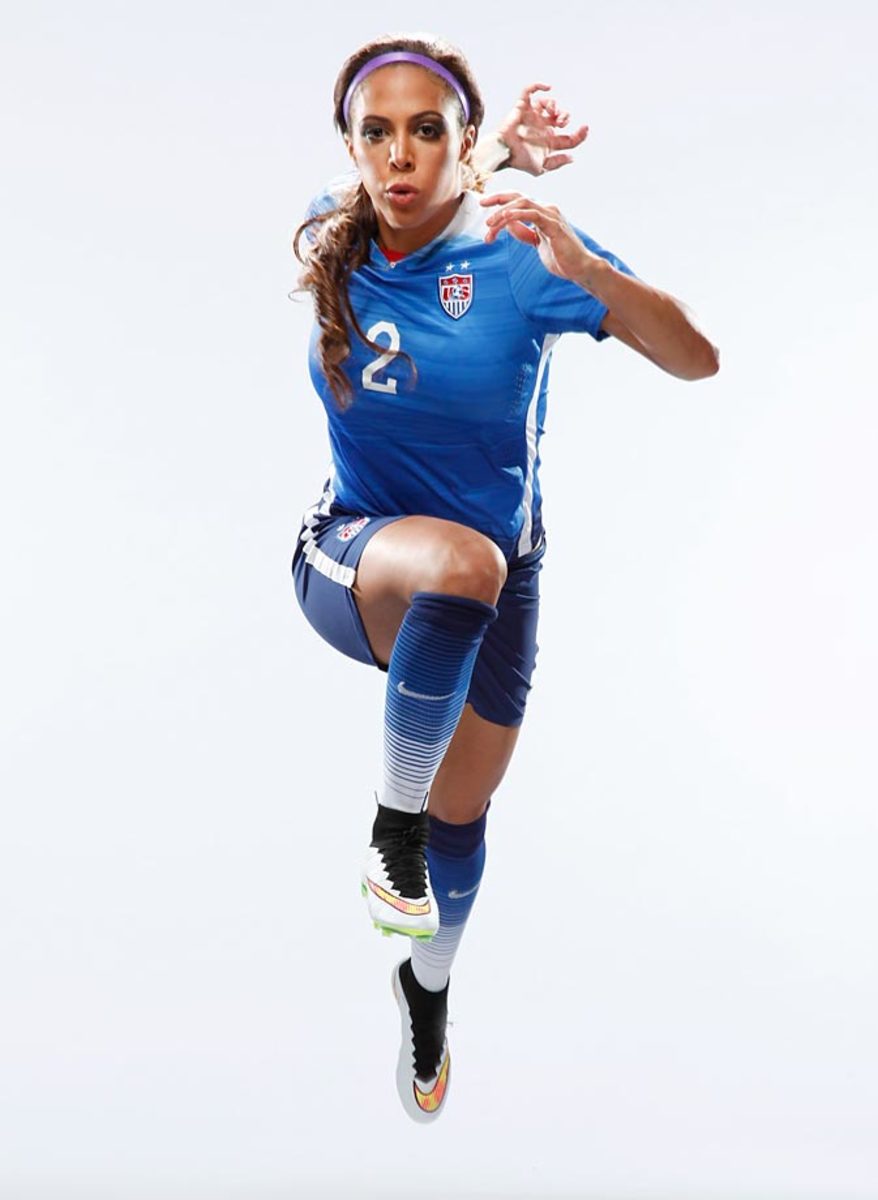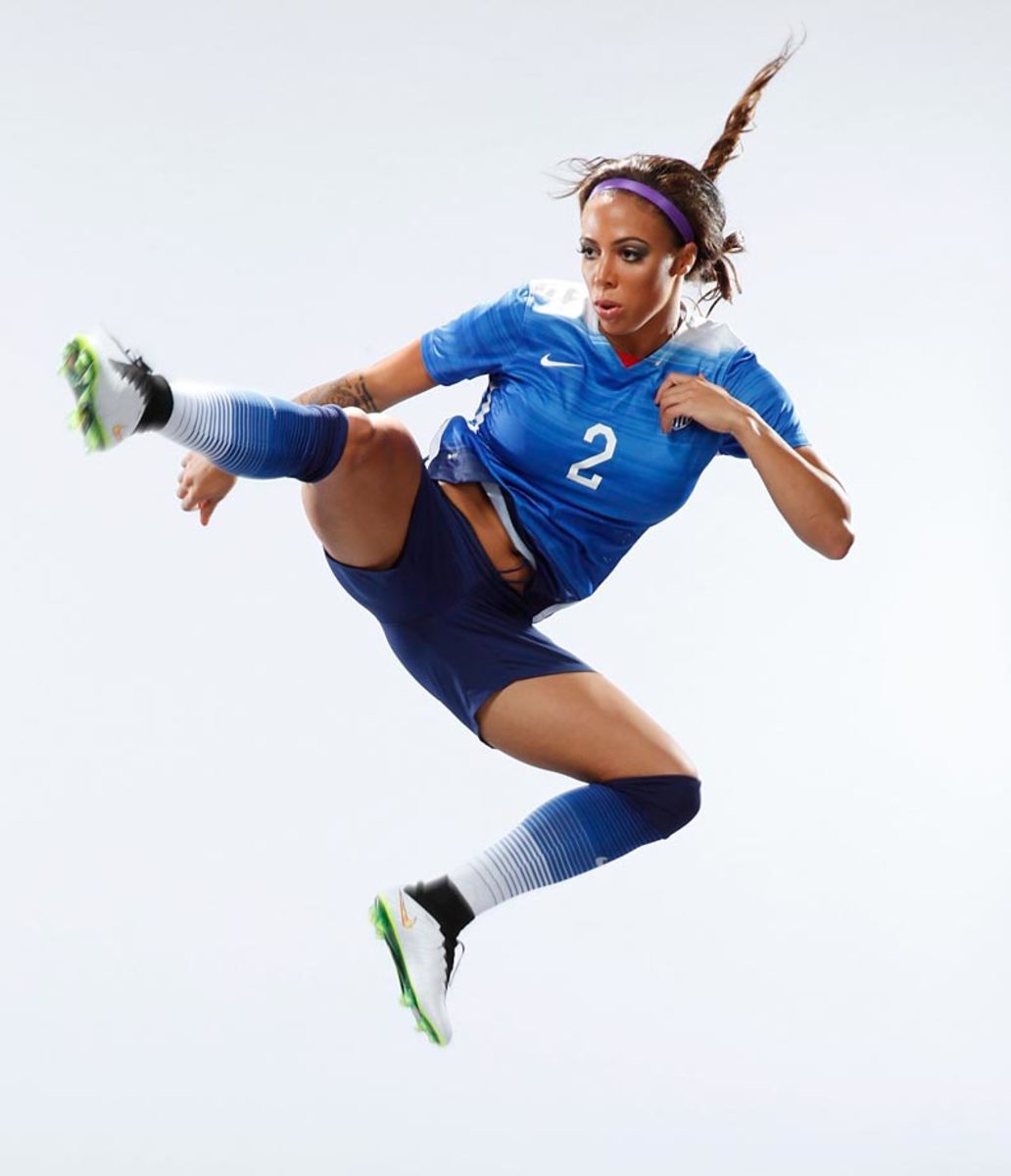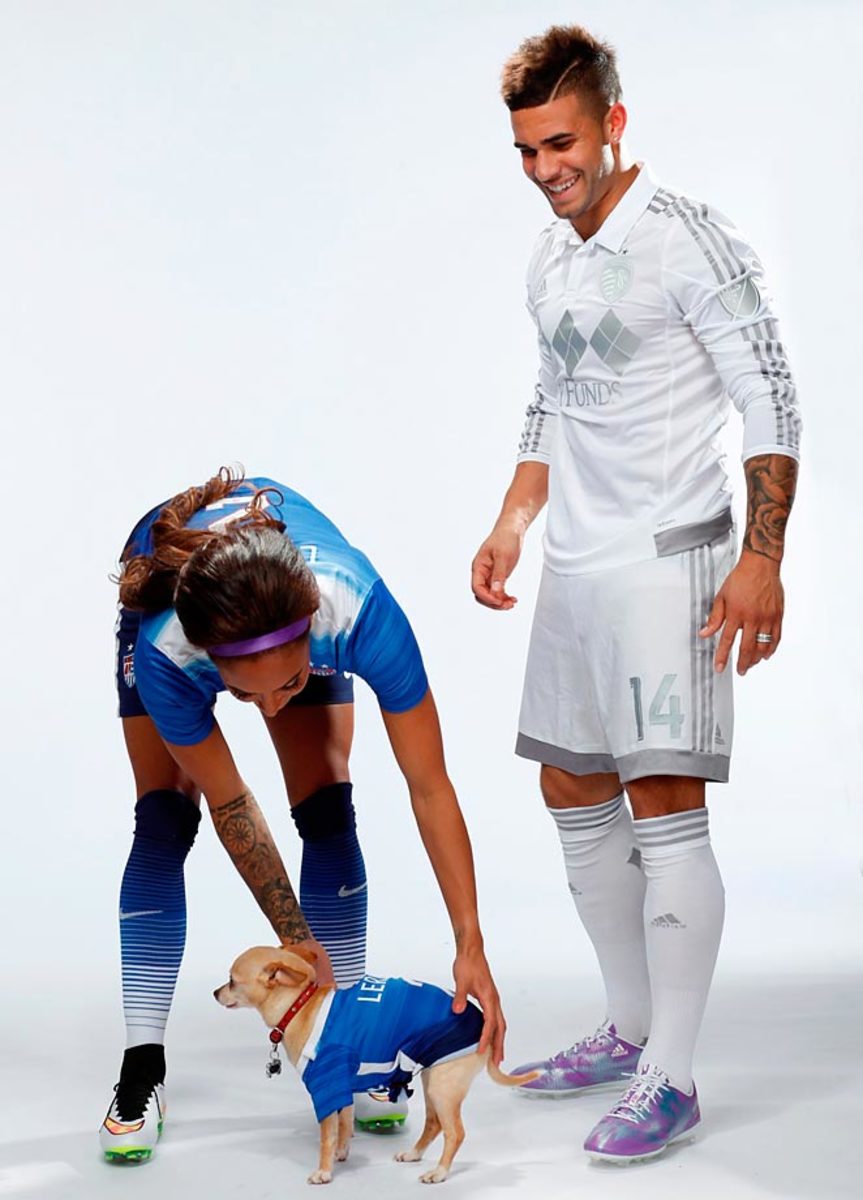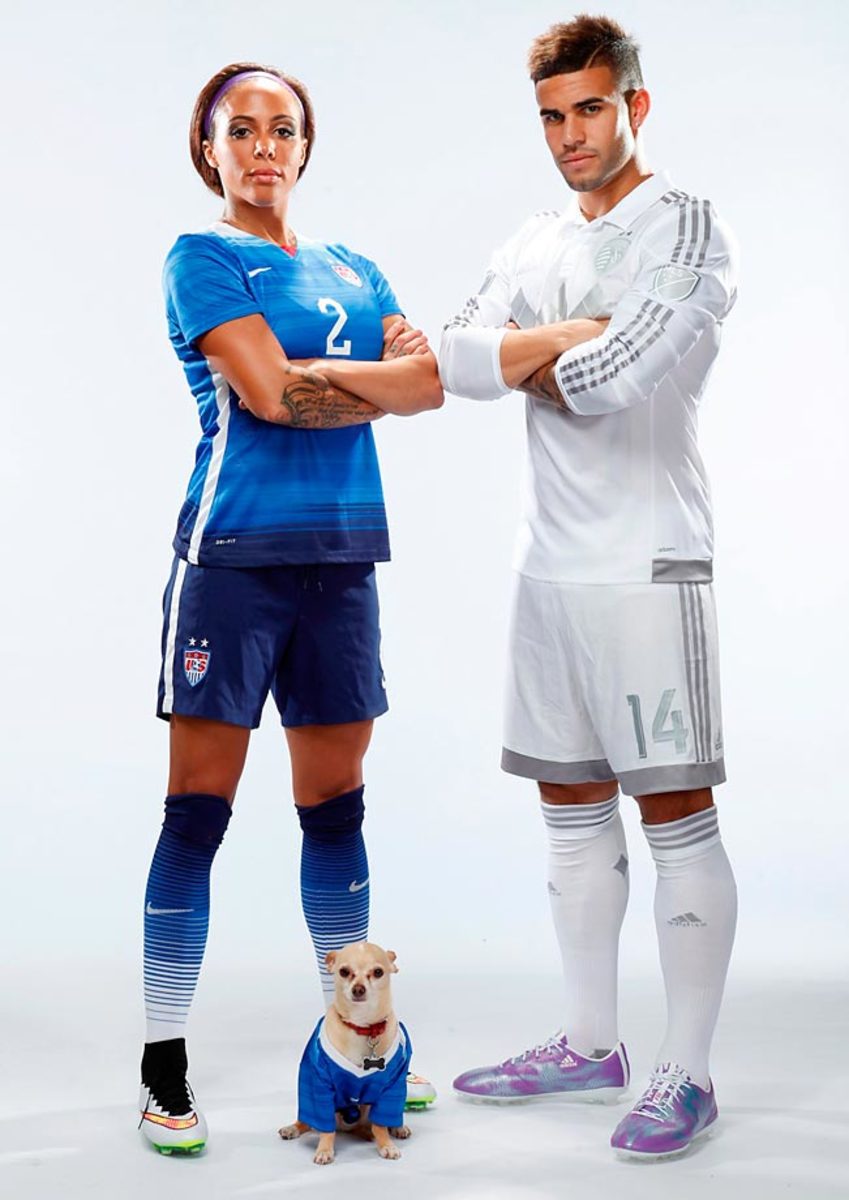U.S. looks to shake off mediocre play in Group D finale against Nigeria

The task facing the United States women in their final World Cup group match seems simple enough: win, and they win Group D. Even a draw or loss could still get them into the knockout round because of the tournament format.
To make a full group of 16 teams in the second phase, the top four third-place teams across all six groups will also advance. The U.S. currently sits first in its group, a point ahead of Australia, two over Sweden and three ahead of Nigeria, Tuesday’s opponent in Vancouver, B.C.
It certainly behooves the U.S. to win its group, though, because that would mean playing a third-place team and avoiding Brazil in the next round. Brazil became the first team to win its group with wins over Korea Republic and Spain by a combined 3–0 score.
Nigeria's harsh homosexuality policy comes to light prior to clash with U.S.
“I want to go through, period,” U.S. head coach Jill Ellis said in her pre-match press conference at B.C. Place on Monday. “Psychologically, it would be great for us to finish top. … Is it the be-all and end-all? No. Our job is to advance.”
The final group match offers the U.S. its best chance to hit full stride ahead of the crucial part of the tournament. Ellis's team hasn't played to its potential in its first two matches, and it should get a test from an aggressive Nigeria side. The U.S. struggled to overcome Australia before pulling away in the second half of a 3-1 win, and the American attack sputtered in a scoreless draw with Sweden on Friday.
The U.S. has bypassed central midfielders Lauren Holiday and Carli Lloyd on most of its attacks, launching long passes toward the forwards and behind the defensive line for the wingers to run onto. As a result, the U.S.’s control over both of its first two matches was minimized.
“The thing about playing a 4-4-2 is you don’t want it to be static. You don’t want it to be just straight lines, so I think sometimes, having to revisit that and giving our central midfielders some help in terms of outlets for passes and then also giving our central midfielders some support in terms of defensively, in transition,” Ellis said. “Our last two games, it’s all transition. That’s tough when you’re in the middle of the park—it’s either side of you.”
It doesn’t help that forward Alex Morgan’s participation has been severely limited by a nagging knee bruise she suffered leading up to the World Cup. She played less than 25 minutes against both Australia and Sweden and appears set to start on the bench again on Tuesday.
“Even going back as far as the send-off games, we kind of put together a plan in terms of loading her. That’s important because we didn’t want to suddenly go from not training to playing a lot,” Ellis said. “My intention is to certainly get her more minutes, for sure.”
Coupled with Abby Wambach’s sentiment that playing on artificial turf hasn’t allowed her to play with 100% effort, the American attackers have left a lot to be desired. The best American performances so far have come on the opposite end of the field.
Upfront and Onside: Dispatches on the 2015 Women's World Cup in Canada
Goalkeeper Hope Solo pulled off a series of big saves in both matches, and 23-year-old center back Julie Johnston was the team’s best player against the Swedes with her defensive composure and calmness on the ball. Meghan Klingenberg, who stands all of 5-foot-2, made the most important intervention in the last match, heading a shot off the goal line in the second half.
The U.S. will want to keep its good form in the defensive third of the field while also finding some efficiency in attack against Nigeria.
The wide areas have shown the most promise, where left winger Megan Rapinoe’s individual moments of brilliance on two goals lifted the U.S. to a win over Australia, and Christen Press added another from the opposite side. Against Sweden, right back Ali Krieger frequently overlapped and caused problems, particularly from long switches across the field to the weak side.
“I’m a defender, first and foremost,” Krieger said. “If the space is given, I’m obviously going to get forward and try as much as I can, but I have to remember that I am a defender first, so I’ve got to do my job there.”
If what Nigeria manager Edwin Okon says is true, his team won’t be prepared for anything the Americans might do differently—or even the same—against his team, as he claims not to have seen any video of the U.S. team ahead of the match.
• WAHL: Klingenberg's clutch play preserves USWNT's tie with Sweden
“I have not watched any of it,” he told reporters on Monday. “I only concentrate on my team.”
Nigeria provides the best test so far for the U.S. in terms of its physical qualities, although the Super Falcons are probably the least technically skilled of the three teams it will face in the group stage.
“Nigeria is obviously a very athletic team, so they give space, but they close it very, very quickly,” Ellis said.
Chaotic organization led to three goals conceded against Sweden in the first game, but Nigeria did come back from 2–0 and 3–2 deficits to earn an unexpected point. It had no such luck against Australia, losing 2–0.
U.S. controls destiny, eyes first-place finish in Women's World Cup group
Despite being in a must-win situation at the foot of the group, scorer of Nigeria’s second goal against Sweden, Asisat Oshoala, said the team has come to terms with the pressure facing it on Tuesday. She said she’s looking forward to playing against an American team she watched often growing up.
“It’s a great moment for me, knowing I’m going to play with players that I’ve always looked forward to being like in the future,” she said. “It’s also motivational for me.”
Ellis said her team doesn’t need any extra incentive besides the knowledge that it must constantly improve. Despite the various permutations of where the U.S. could finish in the group and which opponent it could face next, she believes focusing inward is the Americans’ best chance to block out the noise and perform at its highest level.
“One of my scouts the other day said there’s like 13 different scenarios. Well, I’ll be honest: I can’t spin that. I’ve just got to focus on the performance of the players, getting them mentally ready, getting them focused and sharp,” Ellis said. “We’ve got to raise our performance, and I would say that whether we’re sitting on six points or one point.”
GALLERY: Leroux, Dwyer, Boss in uniform
The Power Couple: Sydney Leroux and Dom Dwyer






















